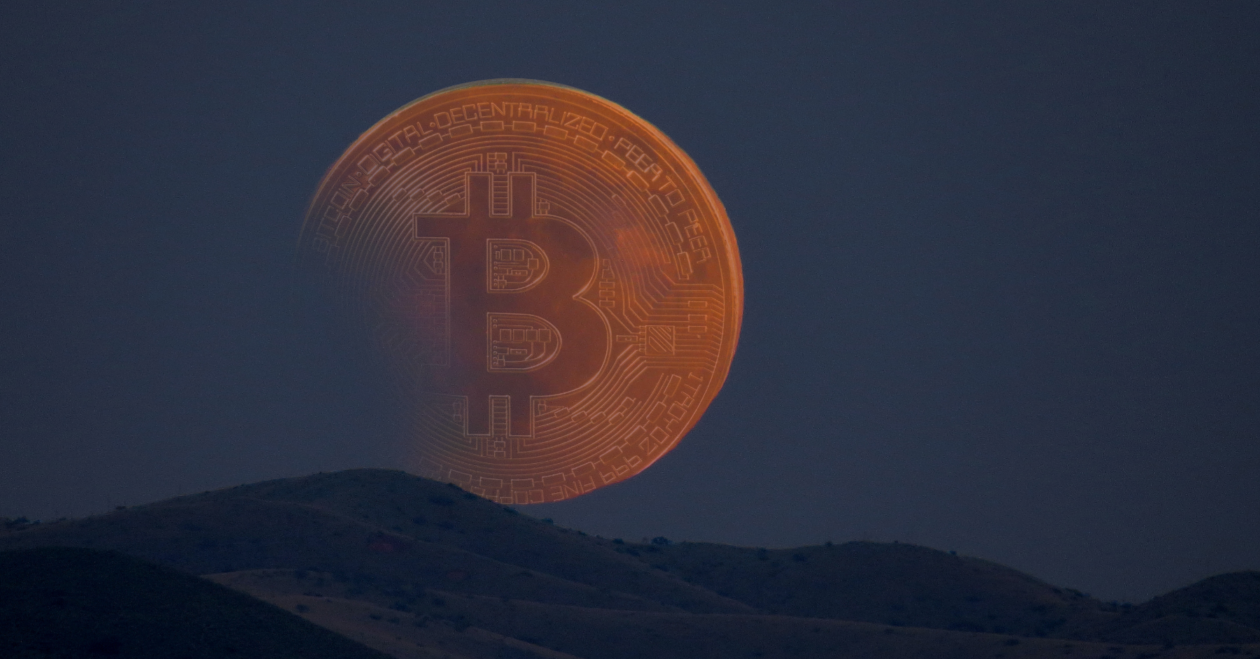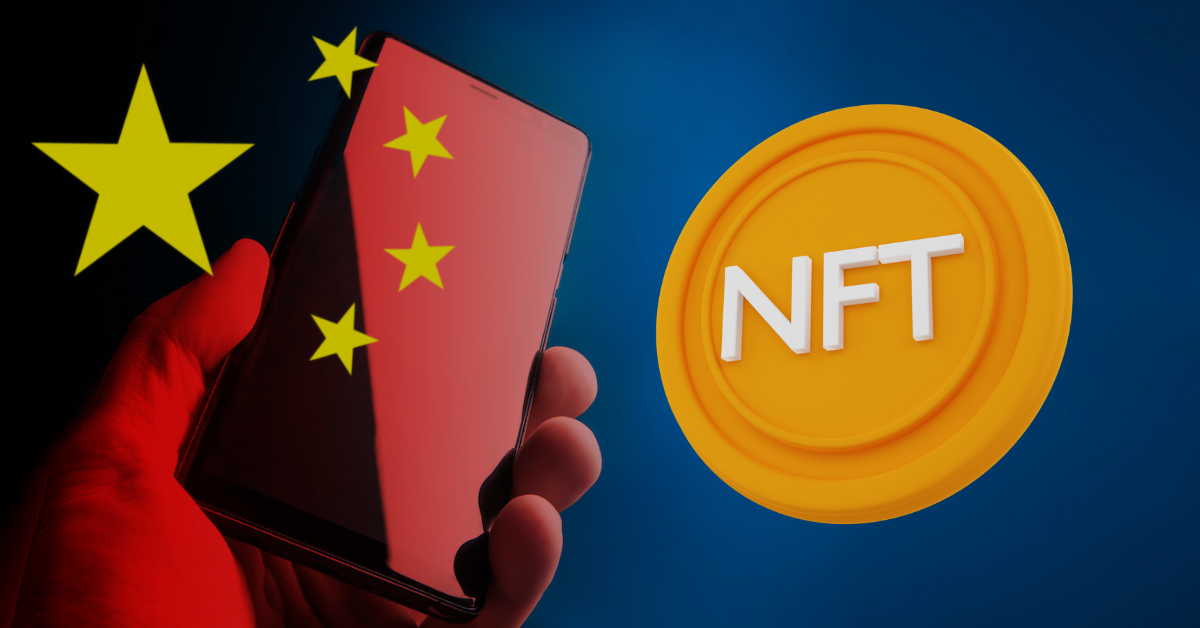In this issue
- UST: Going Luna-tic
- Instagram NFTs: Picture perfect?
- China’s collectibles trade: Where there’s a will
From the Editor’s Desk
Dear Reader,
Cryptocurrency investors may have become accustomed to the stomach-churning volatility of digital asset markets, but recent days have proved challenging for even the hardiest holders of crypto tokens.
With Bitcoin having halved in value since its peak last November and other tokens following it south amid a market plunge in not only the digital space but across the board, reasons for optimism seem scarce.
Some of those old enough to remember the dot-com crash are drawing parallels between the current market meltdown and that tech stock-led collapse more than two decades ago.
One sign of just how febrile the atmosphere has become is the debacle surrounding Terra’s U.S. dollar-pegged stablecoin, TerraUSD (UST), which has lost its peg to the greenback — perhaps irreversibly — no matter how much money its creators throw at it to try to restore its value.
To find historical parallels with Terra’s woes, we need not go back as far as the dot-com bust — only to around 11 months ago, when the robust-sounding Iron Finance, another algorithmic stablecoin project, imploded.
The mechanisms that are supposed to guarantee UST’s stability resemble those that underpinned Iron Finance’s IRON token, so when value began hemorrhaging from Terra’s native token, LUNA, trading opportunities opened up that drove and accelerated the nosedive in UST’s value.
The plunge in LUNA’s value appears to have been sparked by an investor dumping large sums of UST holdings, knocking the price maintenance mechanism off-balance, although there remains some debate about possible motives for the move, among other things.
The overall dynamic, however, is not difficult to pin down — UST’s collapse had precisely the characteristics of a good old-fashioned bank run. And for parallels, we need not look to the Iron Finance fiasco, nor to the dot-com collapse — merely to any of the investor stampedes that have peppered the history of capital markets.
Despite the novelty of crypto, the dynamics of market panics haven’t changed: When they take hold, investors — especially smaller ones — frequently find that a strong stomach may help them not to lose their lunch, but not the value of their assets, digital or otherwise.
Until the next time,
Angie Lau,
Founder and Editor-in-Chief
Forkast
1. LUNA crash landing

By the numbers: UST — over 5,000% increase in Google search volume.
Bitcoin dipped below US$30,000 on Monday morning Hong Kong time for the first time since July 2021, and more than US$250 billion has been wiped off the value of the cryptocurrency market this week as of press time.
- Almost US$800 million worth of cryptocurrency long positions were liquidated on Monday alone, with Bitcoin longs accounting for US$262 million and Ethereum positions US$279 million, according to data from Coinglass, a crypto futures trading and information platform.
- The selloff was triggered by an unfolding disaster for Terra’s algorithmic stablecoin, TerraUSD (UST), which lost its peg to the U.S. dollar and plunged to a low of US$0.31 on Wednesday afternoon Hong Kong time.
- The Luna Foundation Guard (LFG), the organization responsible for maintaining UST’s dollar peg, had accumulated a war chest of 70,736 BTC as part of its plan to create a safety net for the stablecoin. LFG deployed all of its Bitcoin reserves to attempt to stabilize UST, spending the last of its BTC collateral at 8:50 a.m. Hong Kong time on Monday.
- LFG’s reserve balance peaked at US$3.987 billion on May 3. Its crypto reserves are now worth US$109.61 million, with 68.4% in AVAX, 23.2% in UST and 8.4% in LUNA.
- Terra’s LUNA has lost more than 96% of its value since its all-time high just last month and was trading at US$3.68 at press time. `
- Traditional equity markets have also suffered declines of their own in recent days, with the S&P 500 on Tuesday clawing back a small gain of 0.25% following a drop of 3.2% the previous day, the Nasdaq Composite regaining less than 1% on Tuesday after shedding 4.29% a day earlier, and the Dow Jones Industrial Average extending a Monday loss of 1.99% to close a further 0.26% lower on Tuesday.
Forkast.Insights | What does it mean?
Investors in Terra’s UST stablecoin were, until this week’s collapse, affectionately referred to as “lunatics.” This week however, that nickname lost any of its residual joviality.
UST’s peg to the U.S. dollar was designed to be maintained by a mechanism that balanced the stablecoin with the project’s native cryptocurrency, LUNA.
The sole safety net underpinning that balance was a sizable reserve of other currencies that could be pumped into the stablecoin if things went south. The theory appeared to be sound, but the safety net appears to have made matters worse.
When the price of UST lost its peg to the greenback at the weekend, the Luna Foundation Guard tried to prop it up with US$750 million of Bitcoin.
The sudden dumping of such a large amount of Bitcoin resulted in US$250 million of liquidations in the BTC market and US$1 billion in the crypto market more broadly. That instability propelled UST into a positive feedback loop as its price continued to slide. That saw LUNA’s price collapse to its lowest level on record.
At the time of writing, the Luna Foundation Guard has no Bitcoin reserves left and only smaller sums of other currencies, giving it fewer options to keep things in check. If UST survives, it will serve as another example of hubris in the crypto industry. If it doesn’t, it could drag other projects down with it.
2. Instagram this

By the numbers: Instagram — over 5,000% increase in Google search volume.
Meta-owned social media platform Instagram, starting this week, will be testing sharing and posting non-fungible token (NFT) collections created by selected artists and creators, bringing digital collectibles to its estimated 1 billion active users.
- Instagram will reportedly begin with Ethereum and Polygon chain support and expand to Flow and Solana in the future.
- Users can verify their ownership of NFTs by integrating third-party wallets such as MetaMask.
- Meta, formerly known as Facebook, placed a US$10 billion bet on the future of the metaverse in 2021.
- It revealed in its 2021 financial results that its metaverse division, Reality Labs, lost more than US$10 billion in the course of operations last year.
- NFTs are expected to play a key role in future metaverses, as the digital assets can represent ownership and identity in digital worlds.
Forkast.Insights | What does it mean?
In crypto, timing is everything. Meta’s arrival on the NFT scene comes as interest in digital collectibles has waned, to put it mildly.
Sales of NFTs are down 92% since September, with projects seeing inflated prices slashed as investors try to exit what appears to be a bear market. Although some are proclaiming the death of NFTs, others suggest their use cases are evolving. Indeed, just last week, a metaverse land sale by Yuga Labs generated record-breaking profits, suggesting that reports of the demise of the NFT phenomenon may be overstated.
Meta’s challenge is to keep up with that pace of change. Nimble crypto projects have the luxury of being able to experiment and find new opportunities for revenue growth. Meta’s sheer size and reputation make it difficult to operate in the same way.
Coinbase, one of the most established players in the crypto exchange sector, is suffering from similar problems, with the launch of its NFT marketplace generating only sluggish sales.
Meta needs to prove that a Web 3.0-Web 2.0 hybrid is what the public is really looking for. Its last attempt, the now-shuttered Libra stablecoin project, was met with fierce resistance from regulators and the broader crypto community as no one trusted Facebook founder Mark Zuckerberg’s intentions.
Can Meta harness a trustless system to convince users that it is trustworthy? Time will tell.
3. Auction action

Chinese state media’s warnings against speculative non-fungible token (NFT) trading are falling on deaf ears as investors flock to social media to participate in black market auctions. Some state media outlets have even launched their own digital collections, dubbed “digital collectibles” in China rather than NFTs in a semantic effort to distance them from the NFT trade elsewhere.
- Forkast has spent much time observing black market auctions on Chinese messaging app WeChat.
- Each chat room is normally limited to a maximum of 500 users, but organizers have hosted parallel rooms to bypass that limit. In one case, Forkast found at least nine chat rooms holding the same auction simultaneously, with organizers announcing bids across chat rooms.
- One of the auctions featured a bundle of NFTs minted by state broadcaster CCTV with no reserve price and for which bidding opened at zero yuan. Each bid added at least 10 yuan (US$1.50) to the NFTs’ price.
- CCTV’s NFT bundle — labeled “No. 28” at the WeChat auction — was priced at 98 yuan in its primary sale last month. It eventually sold for 2,200 yuan at the auction.
- Although China hasn’t banned NFT trades as it has cryptocurrencies, big tech firms in the country have prohibited or imposed lock-up periods for NFT resales to align with state rhetoric against the sector.
- A frequent participant in the black market NFT auctions who spoke to Forkast using the pseudonym “Lin” said he began joining the auctions to make money after China’s ban on crypto transactions took effect last September. “Sometimes you get to earn a few times more than the initial price,” Lin told Forkast. “But sometimes you could easily suffer a 90% loss immediately.”
Forkast.Insights | What does it mean?
As the Chinese idiom goes, “Virtue is one foot tall, the devil 10 feet.” There are always ways to get around the rules, and it takes vigilance to stave off undesirable behavior.
Although some industry players fret over the potential ways in which regulators might rein in NFT trading to discourage speculation, many Chinese NFT platforms and investors are unfazed — and seizing opportunities to trade before any official crackdown may materialize.
He Yifan, the chief executive officer at Red Date Technology, the developer behind the state-backed Blockchain-based Service Network, has warned that if platforms continue to package NFTs as investment products, there’s a strong chance that regulators will ban them.
But the frenzy appears set to persist as long as demand for trading remains robust. In April, around 3 billion yuan worth of NFTs were issued in China, a huge jump from 45 million yuan just three months earlier, according to estimates by brokerage Caitong Securities.
Experts have told Forkast that a few potential regulatory paths may remain open for trading: cooperating with cultural equity exchanges, which are qualified to host trading of cultural assets, could be one option. Working with auction houses could be another.
Regardless, it may be only a matter of time before Chinese regulators jump in if the frequent flipping of NFTs continues.




